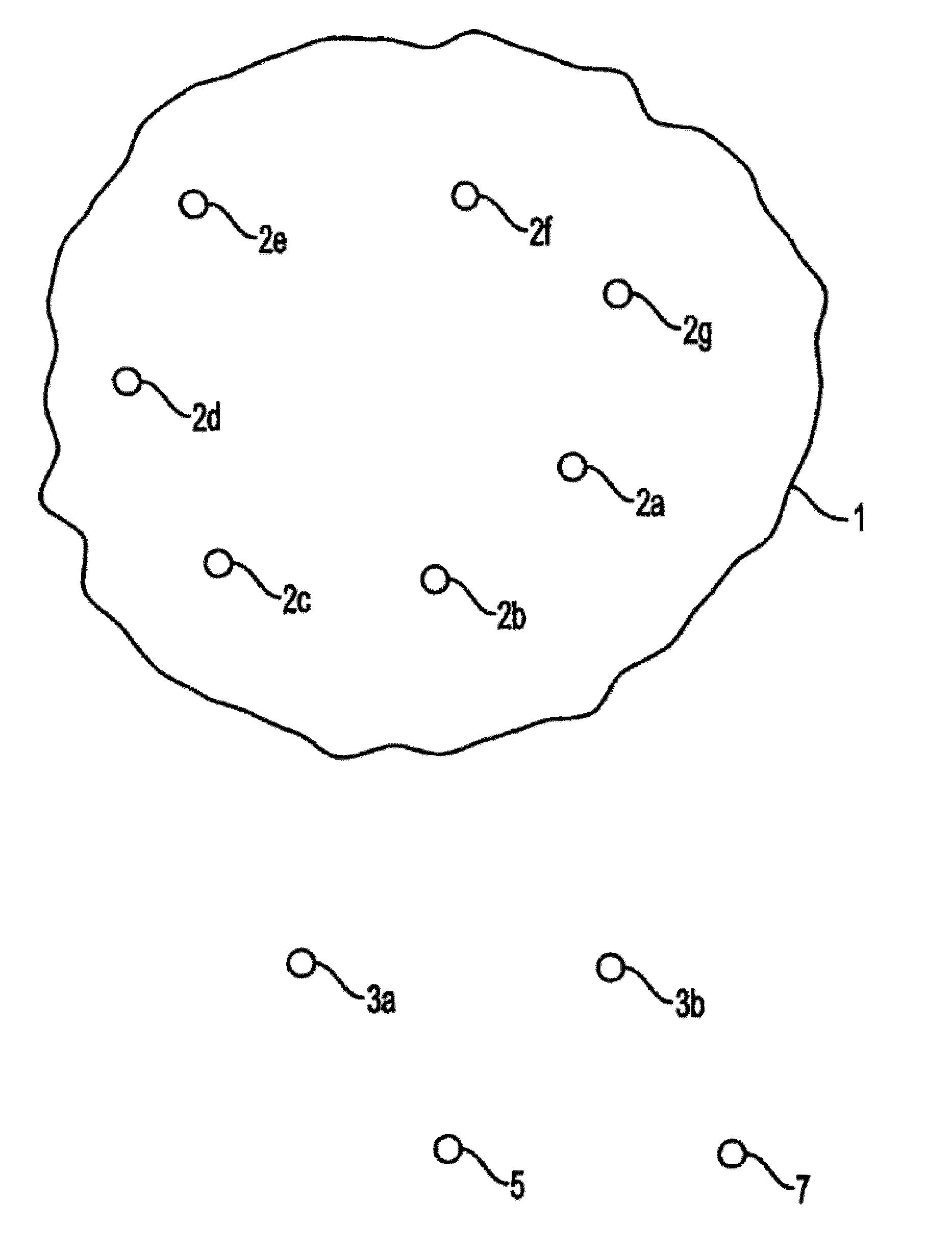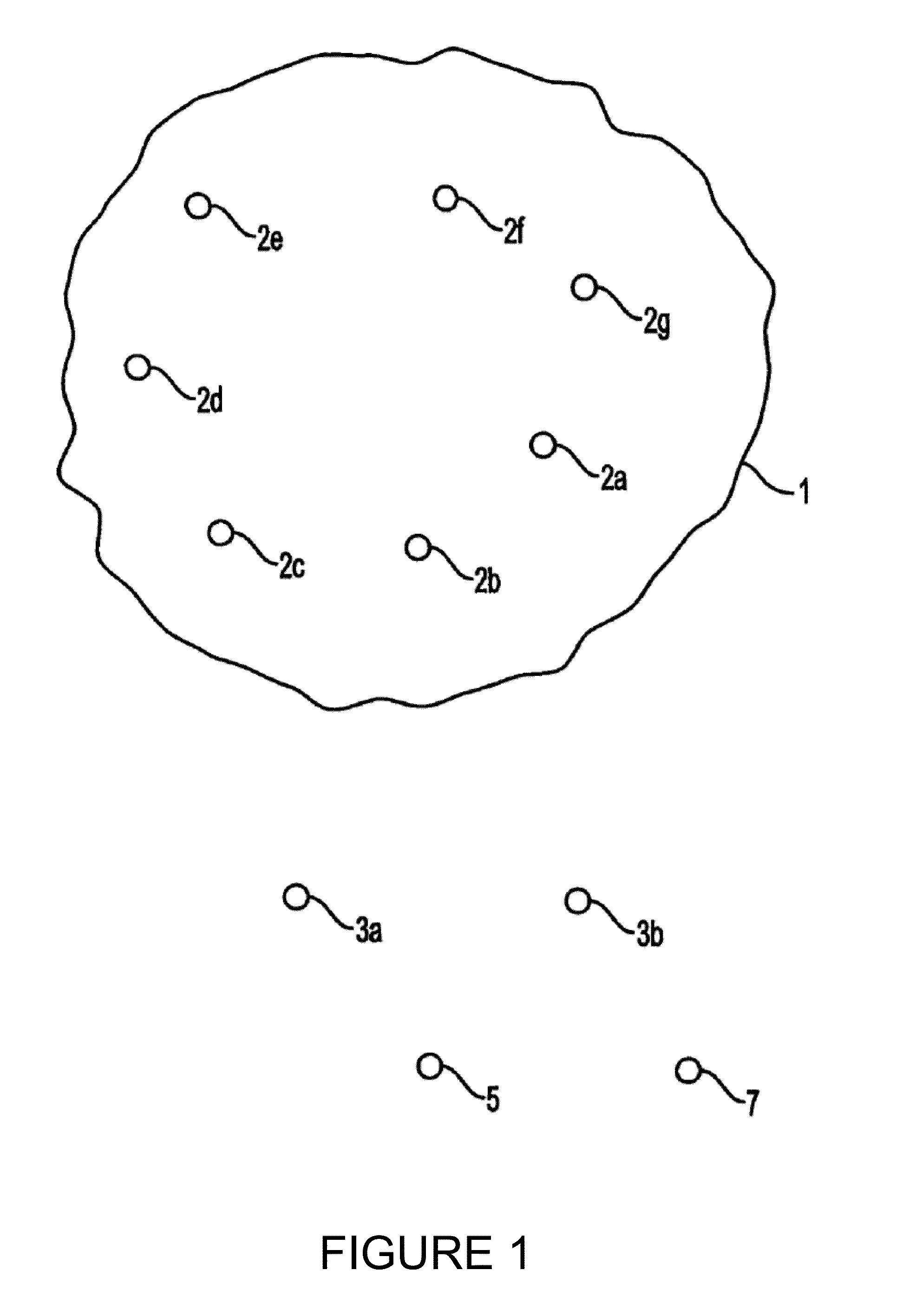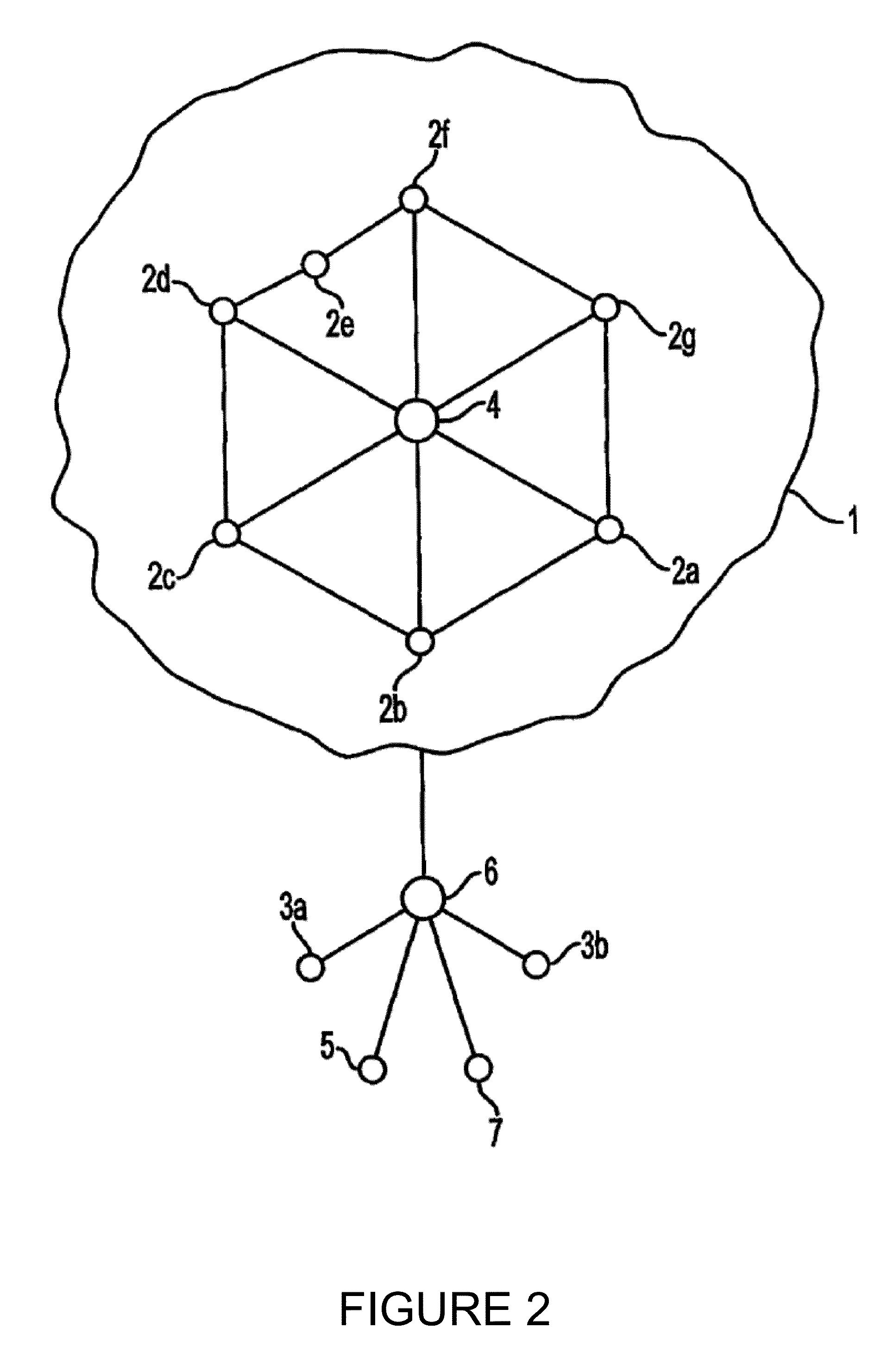Further, the patient's knowledge about his or her own condition is not included, and there is no structure in the prior art
system for collaborative effort or informed patient direction or participation in his or her
medical care and treatment.
Further, each health care provider is disaggregated from other health care providers, such that if a patient requests diagnosis and / or treatment by a health care provider who did not participate in
prior treatment, there is no prior art
system to provide this treating physician with the prior treating physician's expert knowledge about the
prior treatment, because health care providers are not interconnected.
The prior art system does not provide any reimbursement or other incentive for health care providers to interconnect their services with one another so as to provide a
community of service to the patient.
The only incentive is good will to foster referrals, which does not promote treatment by other physicians on a large-scale, standardized level.
It is also a
disadvantage of the prior art that there is also no
central repository for treating health care providers' knowledge, experience and expertise related to a patient that can be accessed either by subsequent treating providers or the patient.
The prior art system has various problems and disadvantages, including, but not limited to, non-
standardization between health care providers.
Also, where a patient has traveled from the first health provider 2a (e.g., in the United States) to a third health care provider 2c in a third country (e.g., Nepal), the health care providers 2a, 2c cannot interface due to a lack of
standardization in health care management, diagnosis and / or treatment.
Further, a fourth health care provider 2d located in a first state (e.g., Michigan) and a fifth health care provider 2e located in a province of a nearby country (e.g., Ontario) may not be able to interface due to a difference in currencies and currency exchange rates.
Additionally, a sixth health care provider 2f and a seventh health care provider 2g may not be able to communicate with another due to individual providers having different languages, protocols, or licensing credentials, even if they are in the same jurisdiction.
Thus, a need exists for
standardization that has not been met due to various inherent barriers of the prior art.
An additional barrier to standardization is
licensure requirements.
There is no structure by which patients can be treated on a hosted remote ASP basis.
Additionally, it is not possible for the national expert licensed in state A to treat patients out of state unless the patient travels to state A, and as noted elsewhere in the application, there is no remote treatment of patients in the prior art.
For example, but not by way of limitation, a patient 3a may have to make an appointment in order to receive diagnosis and / or treatment from the first health care provider 2a in the United States, and thus may not be able to receive treatment at a time when an appointment is not available, especially in non-emergency instances.
Further, when stationed overseas, it is not possible to make such and appointment, and for the above-mentioned reasons, it is difficult for a patient's 3b health care provider 2a to communicate with a health care provider (e.g., 2b in Britain).
Thus, the patient 3b may receive an inadequate
level of care, and harm may result due to increased time
delay or cost in
interfacing the patient 3b to an available health care provider 2b in the
pool 1.
. . 2g of the
pool 1 may not be able to interface with emergency / hospital care 5 or
pharmacy /
drug store 7, thus further reducing the global availability of treatment For example, but not by way of limitation, the second patient may be stationed in a country having a different standard of
medical care, where hospital and
emergency treatment may not be standardized, and
drug availability may be low.
As a result, a life-threatening situation may result from an otherwise easily treatable condition if a patient does not have access to certain medication or services that provide the requisite treatment in the home country of the patient.
Further, once the new
medical treatment has been approved for experimental use, most physicians do not have access that would allow qualified patients to
gain access to the benefits of the new
medical treatment.
As a result, qualified patients are denied access to participation in studies and / or obtaining benefits of those studies (e.g., new experimental drugs) due to lack of large-scale, coordinated access and also due tight controls on participation.
Presently, converging market factors include a
large baby boom
population of well-educated consumers having high demands for health care, along with a backlash against managed care, as seen in the class action lawsuits against HMOs, escalating premiums and employers looking for new strategies with regard to the self-funded
population.
Increasing questions about reimbursement present additional pressures on the industry.
Hospital / physician integration initiatives have failed, as have physician
practice management companies.
Offloading risk to providers has also generally failed as a strategy for payors.
The current physician
community remains a very fragmented part of the market, and consumers ultimately have to go to their own physicians for health care.
Doctors typically practice alone or in very small groups, and even highly paid specialists are under a lot of
economic pressure with very limited time.
However, a key missing link in these developments is the actual treating physician and the interface between the business-to-business national players, the treating physicians, and the physicians' own patients.
Thus, there remains an unfulfilled need for a system and method for creating an integrated medical network that efficiently and securely delivers health care.
 Login to View More
Login to View More  Login to View More
Login to View More 


